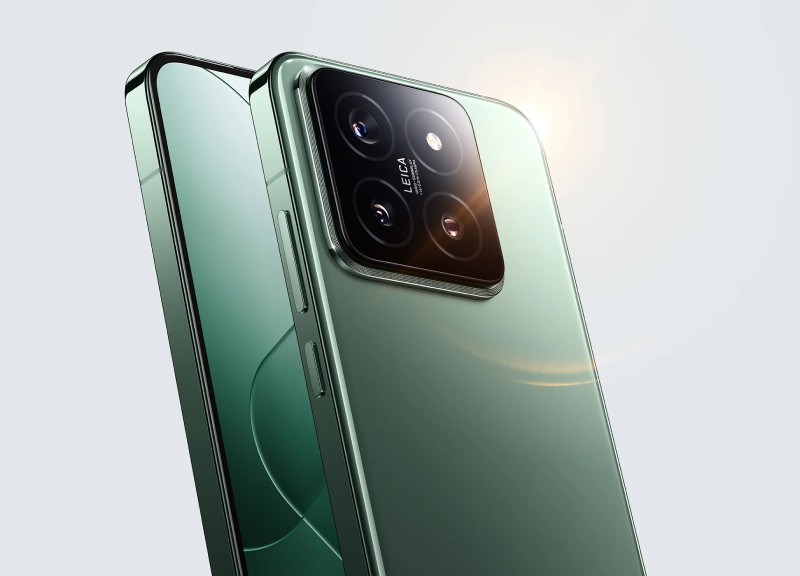Given the release of the Xiaomi 14 Ultra, it is reasonable to assume that the company will soon introduce the Xiaomi 15 series. After the next Qualcomm Snapdragon 8 Gen 4 CPUs are announced, the brand should release these phones in around a month. Although the Xiaomi 15 series has been the subject of some reports, not much is known about these future devices.
Nevertheless, the purported camera specs of the Xiaomi 15 Pro have been released by Weibo writer @more. According to the source, the Xiaomi 15 Pro will include three cameras, including a strong 50MP primary sensor (perhaps the OV50K) that uses cutting-edge TheiaCel technology for exceptional dynamic range and low light performance.
Slightly lower resolution when digitally zoomed than the OV64B is provided by the 50MP IMX882 sensor that the telephoto lens will employ. Its zoom capabilities are noticeably superior than those of the previous generation, and it also promises better battery economy.
Obviously, the primary sensor is the star. To capture light exceptionally well, the OV50K has big 1/1.3-inch format and 1.2-micron pixels. Improved low-light performance, high frame rates, and even 8K video recording are made possible by technologies like 4-in-1 pixel binning. Some devices, such as the Honor Magic 6 Pro, already have this sensor.
A revamp of the camera module with a square layout is another possibility, according to earlier sources. A micro-curved display with 2K resolution is anticipated for the Xiaomi 15 Pro. The Snapdragon 8 Gen 4 CPU is anticipated to be the device’s first release.
Regarding the Snapdragon 8 Gen 4, it is anticipated that this forthcoming chip will include some incredible advancements over its predecessor. The SoC’s performance core reportedly has a maximum frequency of 4.2GHz. Furthermore, according to reports on Geekbench, the chip breaks 3,000 points in single-core and 10,000 points in multi-core testing. All things considered, this new chip will also be quite expensive because, according to, Chinese manufacturers will probably find it difficult to control expenses. As a result, there probably won’t be room for a low-cost flagship device that uses the Snapdragon 8 Gen 4 for performance.




